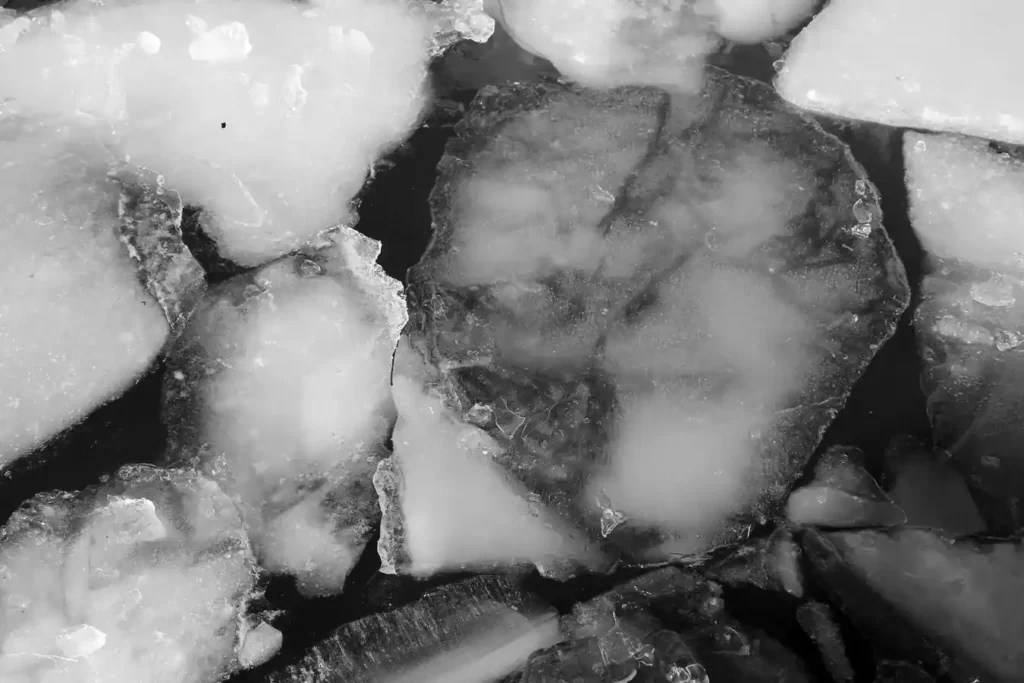
Water is one of the basic elements on Earth.
However, water in space may have different characteristics than terrestrial water. A recent experiment is opening up new avenues for studying the substance.
A team of scientists has discovered the existence of a new form of ice. This ice looks like a fine powder but is more like liquid water in its properties and structure. Such ice can’t form naturally on Earth, but it might do so in space and on the cold moons. The study of this new form will help advance the understanding of all water’s properties.
Researchers at University College London and Cambridge University have cooled ordinary ice in a ball mill to liquid helium temperature and ground the ice into a powder, causing the near-complete destruction of the crystal structure. The output was ice with an amorphous structure, like water, and most surprisingly, the density was about the same as water – about 1 g/cm3.
“It might be liquid water frozen in time,” said Martin Chaplin, a specialist in water structure at London South Bank University, who was not involved in the work. “It could be very important.”
The density and structure of the new form of ice, called medium-density amorphous ice (MDA), were confirmed by spectral, X-ray, and other methods. Scientists also found that crystallization starts after heating the MDA ice, releasing a considerable amount of energy. Scientists have suggested that, because of this property, multi-kilometer deposits of such ice on icy moons might be the sources of natural tectonic processes on those bodies.
“We suspect it may exist in some of the ice moons of the solar system. The ball milling induces shear forces within the ice crystals as they collide with the steel balls. In the ice moons, tidal forces from the gas giants (Jupiter and Saturn) are at play and we expect them to induce similar shear forces in the moons’ ice shells as during the ball milling,” said University College London professor of physical and materials chemistry Christoph Salzmann, senior author of the research.
Further study of the discovery could have positive implications not only in the field of space exploration of moons but also in the basic fundamental properties of water, indicate scientists.